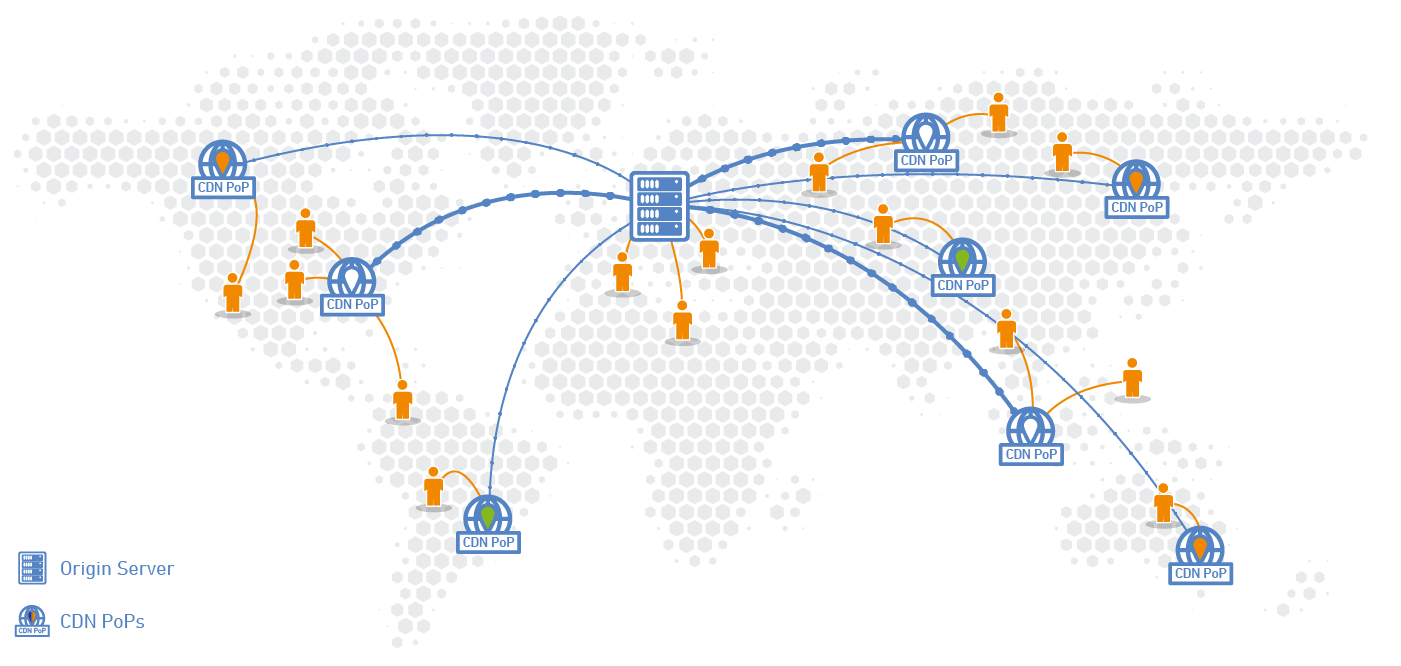A CDN provides the rapid transfer of data needed to load web content, including HTML pages, JavaScript files, images, and videos. The popularity of CDN services continues to grow, and today the majority of web traffic is delivered through CDNs, including traffic from major sites like Facebook, Netflix, and Amazon. A properly configured content distribution service can also help protect websites from some common malicious attacks, such as DDOS attacks.

Content Distribution Network Service Packages
CDN Plans from Amazon S3 Datacenter – G.core.labs
Control Panel Provided from Destination Datacenter
If you need guidance and advice, contact our support team.
Content distribution service features
Placing servers closer to users reduces the number of hops, latency, and server response times. This improves their user experience. CDN content distribution services are protected by powerful anti-DDoS to restrict access to content and protect against unwanted downloads.
Also, transferring content to CDN servers reduces the load on the origin servers, which increases the speed and performance of the site, no matter where the user is in the world. CDN servers back each other up and in the event of a high traffic incident (a large influx of users in one day), they are automatically redirected to other servers in the network.
If the content of interest is available without delay and loads quickly, the user will stay on the website, online store, game, or entertainment portal for a longer time. A quality user experience turns your visitors into satisfied customers and they will return to your resource again and again.
Reducing server load
Content security
Availability and low latency
Getting support
Is a CDN the same as a web host?

Benefits of using CDN
Using a CDN increases server power at a lower cost and creates a great experience for your users. Some of the benefits of having a CDN include:
- High site loading speed
- Increase download and upload speed
- Increase bandwidth and reduce main server traffic consumption
- Lower cost than upgrading the main server
- Easy to use
- With powerful anti-DDoS
- Increase user satisfaction with the site
Reduce Costs with a Content Distribution Network
Saving on CDN traffic allows you to significantly reduce costs. It is cheaper to transfer files to another continent, store them on a local server there, and distribute them over local links than to send the same traffic across the Atlantic for the thousandth time.
If bandwidth is limited, transferring static files to a CDN is cheaper than upgrading network equipment. Statics usually take up a significant portion of the available bandwidth, and instead of upgrading from 1 to 10 Gbps or from 10 to 40 Gbps, it is cheaper to send 80% of the traffic to a CDN without having to invest in expensive servers.

How does a CDN work?
You will be able to grow in your country and abroad
With a CDN, you can quickly scale and develop your web projects abroad.











